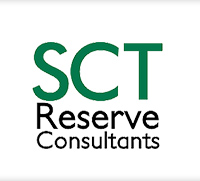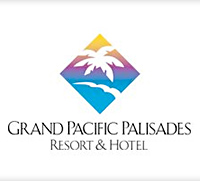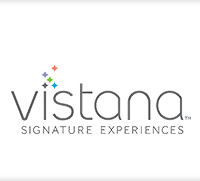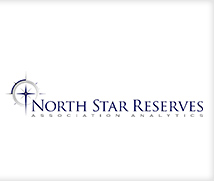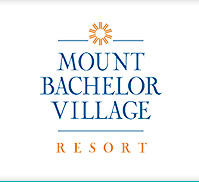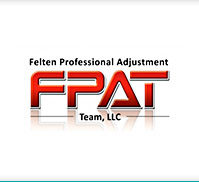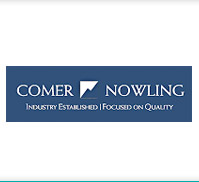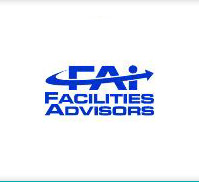Producing a Reserve Management Plan for Vacation Ownership unit interiors is usually a long and tedious exercise that potentially has no end in sight.
Usually the easiest way to tackle any exercise is to do the hardest part first. When it comes to producing a Reserve Management Plan regarding unit interiors, the first task at hand just happens to be the hardest part of accumulating all the necessary information and data.
So, what information and data needs to be accumulated to produce a useful Reserve Management Plan?
- Plat map (with detail of buildings/floors/unit numbers and related model types)
- Model floor plans (including masters, lock-offs, ADAs, etc.)
- Inventory by room for each model floor plan (with costs, estimated useful lives and the last time the reserve items were replaced or maintained)
If these items are not readily available, that is why a Reserve Management Plan can be a long and tedious exercise. So, if this information and data is not available, it needs to be produced. Once this information and data is accumulated and/or produced, the balance of work for producing a Reserve Management Plan unit interior is procedural.
Based upon the individual room inventories, the individual reserve items need to be organized by cost and their expected estimated useful lives. Historically, all the individual reserve items in a unit model were tracked separately. This would sometimes include as many as some 300 individual reserve items per unit model. Tracking a $25 lamp would take just as much time as tracking a $1,200 refrigerator. Therefore, scoping the data is necessary and the 80-20 rule is applied.
Tracking 80% of the individual reserve items that represents 20% of the total reserve item costs can be reserved for in a budgeted amount by room. The other 20% of the reserve items which represents the other 80% of the total reserve item costs would be tracked separately. So instead of tracking some 300 reserve items individually, now only an approximate combination of some 40 individual budgeted amounts and individual reserve items would be tracked. That would decrease the amount of time for tracking and ongoing updating of a Reserve Management Plan by more than 80%.
The items being accumulated into a budget would need to have the same estimated useful lives being that they would be maintained and/or replaced at the same time. These might include paint, window coverings, decorative pieces, lighting, hair dryers, coffee makers, toasters, flooring, etc. An estimated useful life that is assigned to these grouped and budgeted reserve items could range from five to eight years.
Individually tracked items that would have an estimated useful life of eight to twelve years would include appliances (wash-dryer, dish washer, refrigerator), flat screen TVs, Murphy beds, sleeper sofas, etc.
Plumbing fixtures, Jacuzzis, toilets, cabinets, tile, granite, HVACs, etc. would have estimated useful lives of twelve to eighteen years.
Once the reserve items budgeted and the individually tracked reserve items timing has been determined, maintenance and/or replacement can be scheduled. At this point the second hardest part of producing a Reserve Management Plan is done. With this information and data, the financial plan can be produced.
Based upon the scheduled reserve items timing for maintenance and/or replacement, the financial plan via a cash flow projection, will determine what the contribution amount to the reserve funds needs to be in the maintenance fees. The financial plan should consider inflation, interest earned and annual increases of the initial year’s contribution amount. The cash flow projection will be based upon the Reserve Management Plan date and the amount of reserve funds on hand at that time. The reserve fund contribution will be determined by the assumptions of inflation, interest earned and annual increases that provide for a positive cash flow projection for the desired number of years.
With accumulated information and data, and up-front planning, the exercise of producing a Reserve Management Plans unit interiors can be decreased by 80% and decrease the amount of time for producing annual updates.
If the expertise is not at hand for determining costs, estimated useful lives and the next scheduled maintenance or replacement, then it is recommended to contact a reserve professional who can assist in accumulating and producing this information and data.




